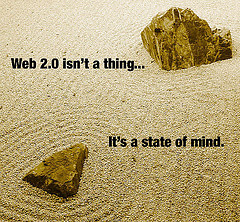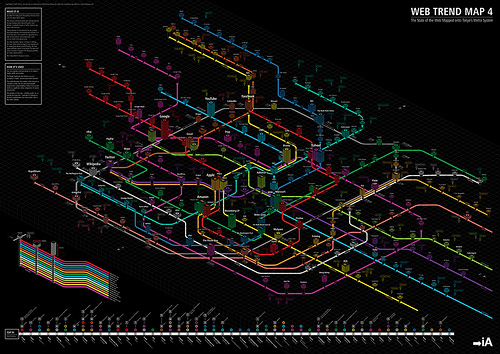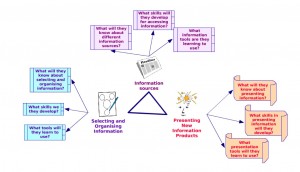Thing 5: I am a (gasp!) Lifelong Learner
Actually, I’m a bit of a nerd, always have been, always will be. I love books, reading, enjoy school and studying, card games that don’t involve gambling, backgammon, I’m untidy, frequently disorganised, often late, I like Lego, jigsaw puzzles and hard Sudoku. I have been known to garden, sew, embroider, cross-stitch, and think that there is no such thing as too many cookbooks or too much wool. These days I like messing around on the internet, chatting to online knitting friends in our knitter’s online community or via our knitblogs (could I be any cooler??) and trying out new gadgets and gimmicks.
Some of these things point to what kind of learner I am.
- Eclectic. I am interested in almost everything, particularly anything crafty, mathematical, scientific, colourful, communication-related or just really, really fun. Politics, economics and sport do not thrill me.
- Interactive – I generally learn by watching and doing, rather than by reading or inventing.
- Communicative – I like to talk through my ideas and thought processes; if I am writing something I draft and rewrite things several times as I work through my own developing understanding of the concept. (This is probably why I talk so much)
- Visual – I like using different colours for different lists on the whiteboard, and I love concept maps! If something is completely unfamilar to me I like to see it in action before trying it myself, although I am happy to experiment once I have the basic idea.
- Moderately adventurous. I like trying new recipes, going to new places, meeting new people. however I don’t like starting absolutely blind – I want to read the whole recipe and see a picture, or work out how far away the new place is before we head out.





